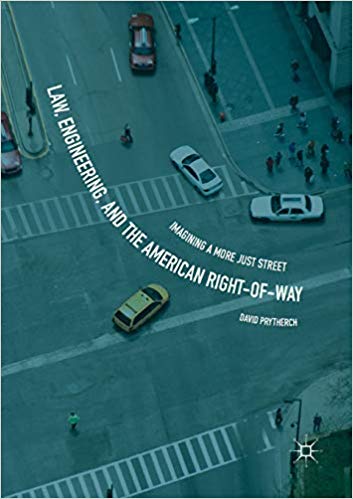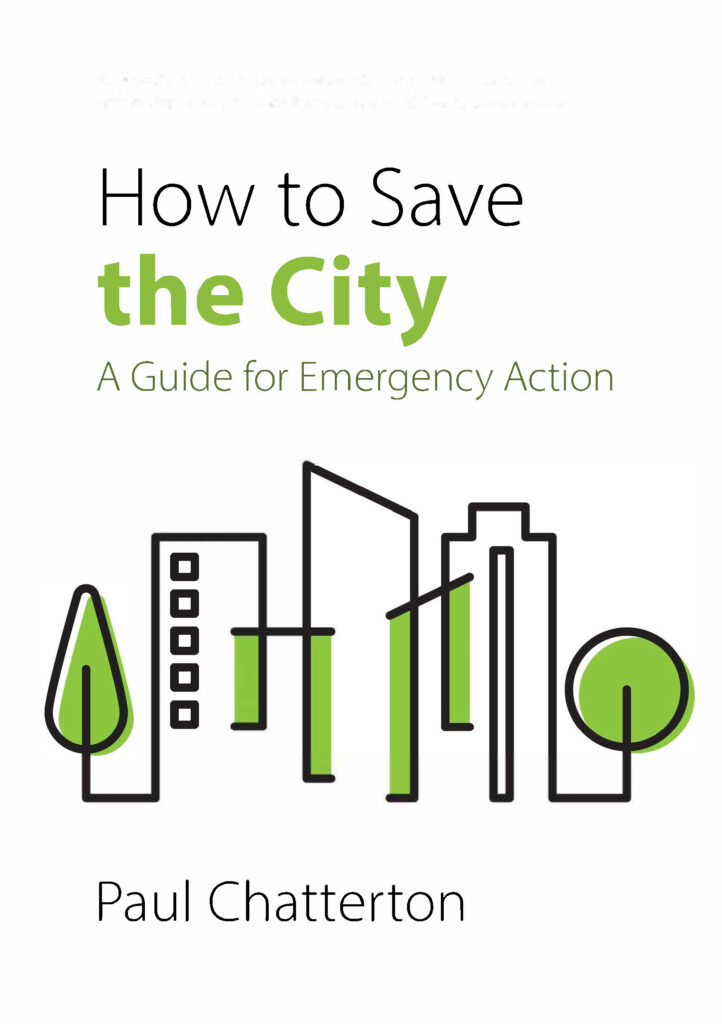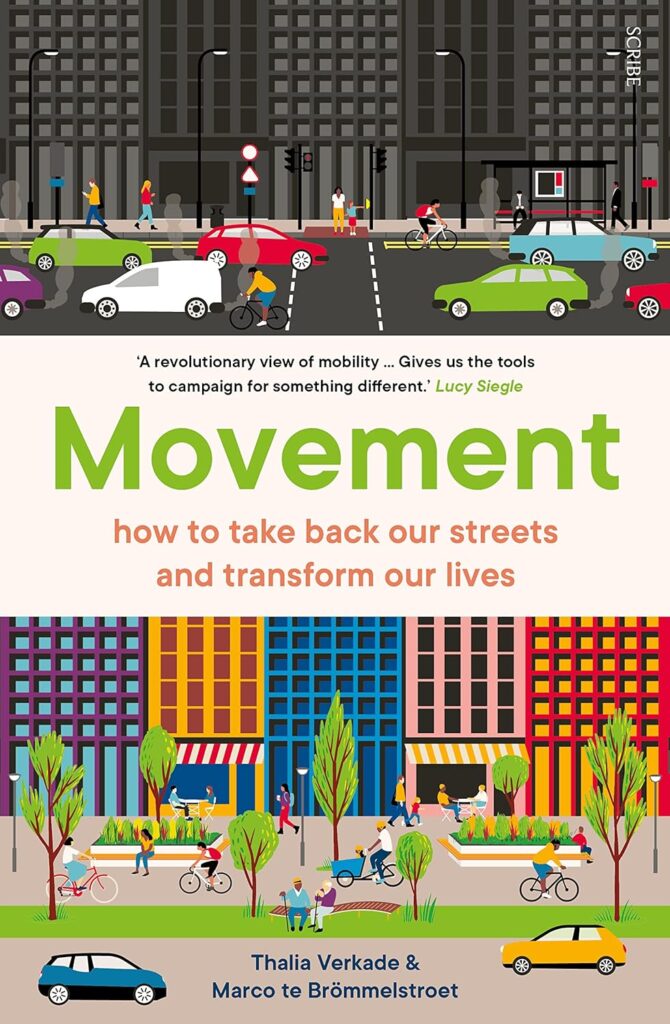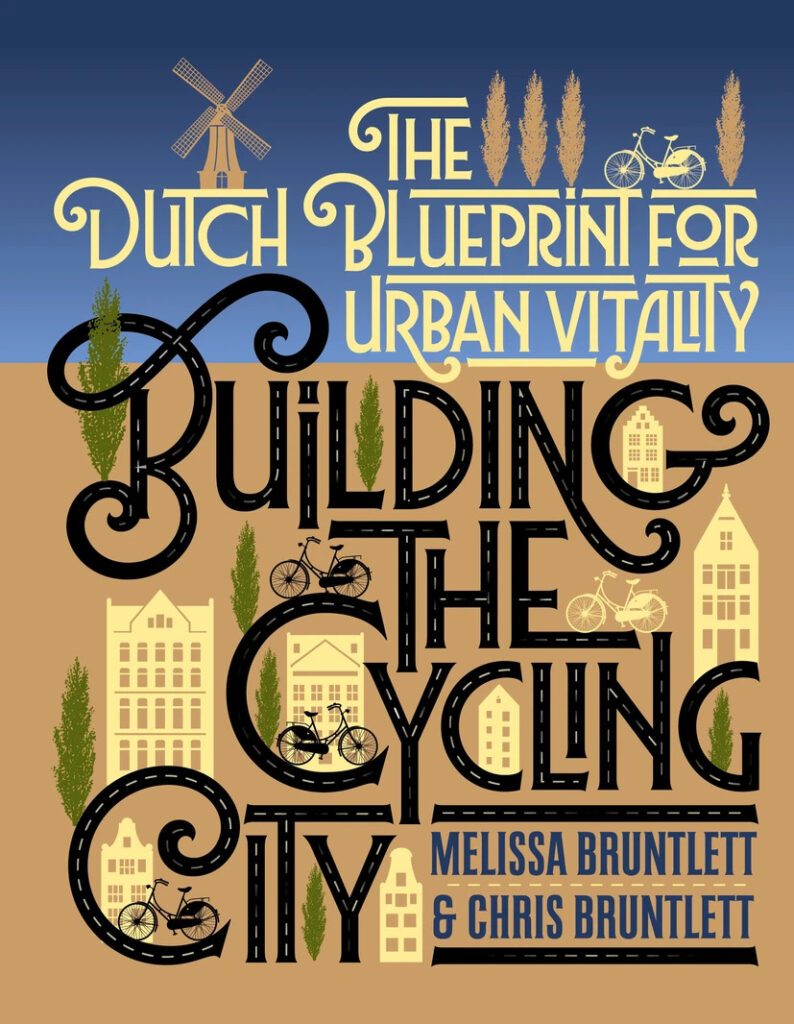
What is it about?
A book whose subtitle captures the central topic better than the actual title! Professor in Geography David Prytherch gives a compelling argumentation of why we should get the general public more concerned about the way our streets are created. A process that for many seems a given, something they don’t think about, something that engineers do. But the assumptions and choices within this process profoundly shape the power relations in what is our most extensive public space. Prytherch builds his case with a detailed focus of how these assumptions play our in the worlds of engineering and of law. He claims that if we want to stand a chance in challenging the design of streets in the USA, we need to ground alternatives in a deep understanding of these fields.
The main question he asks is: how just is the current practice of designing streets? The answer is short: the car centric origins and vehicular assumptions create a very unjust division of space and time that reinforces already huge injustices in society. Law and engineering mainly benefit those who want to speed through public space at the expense of the vulnerable.
What approach does it take?
The book also gives an overview of the multi-dimensional challenges to this logic, such as Complete Streets, Ghost Bikes, Open Streets, BRT projects and Critical Mass. And shows that there is no need to despair, but many ways to challenge the dominant street paradigm. By waking up our fellow citizens, or by the simple act of choosing human- over motorized powered mobility in our personal lives.
What sticks is the ease in which the power was seized with the advent of the car in cities. Had we been better organized, or more aware of the vast implications of our choices, would we then have given the crucial question on what should happen on our streets to the car lobby and the engineers?



